SOLAS Requirements for Remote Control of Propulsion Machinery of Ships
It is important to learn about the basics of the engine telegraph system before operating one (Read article). However, most of the ships are now provided with a remote control for propulsion machinery and for controlling the pitch of the propeller (for CPP type) as they are mainly operated in UMS mode. This gives the ease to the navigation officer to control and maintain the speed and direction of the ship as per the navigational condition and requirement.
The propulsion machinery order given from the bridge must be indicated in the engine control room and at the local manoeuvring platform. For having a control of propulsion machinery from navigational bridge, the system must comply as per SOLAS chapter-II with the following requirements:
1. Starting and control of the speed must be provided and performed by single starting lever or a dedicated push button switch.
2. Remote control is possible from only one location at a time, with indication as to which location is in control both in navigational bridge and in engine control room.
3. The transfer of control must be possible from engine control room only.
4. No significant thrust change to take place during change over.
5. Remote control failure must be indicated with an alarm and still allow the machinery control from local control.
6. Manual override must be provided for local control.
7. Emergency stop of the Main engine must be provided on the bridge.
8. Following indications of the propulsion plant must be displayed on the bridge along with the alarm for the same:
- ME alarms
- Starting and control air.
- Direction of rotation.
- Pitch position (CPP system).
- R.P.M of the engine.
9. Alarm power to be automatically changed over to stand by mode (batteries) in case of power failure of the ship occurs.
You may also like to read-Navigational Lights Used On Ships
References:iacs
Image Credits:captain-megs, pmc-controls
Do you have info to share with us ? Suggest a correction

About Author
An ardent sailor and a techie, Anish Wankhede has voyaged on a number of ships as a marine engineer officer. He loves multitasking, networking, and troubleshooting. He is the one behind the unique creativity and aesthetics at Marine Insight.
Latest Maritime law Articles You Would Like:
Latest News
- What is the Purpose of DG Shipping?
- What are Logistics Risks?
- How Port and Terminal Operators Can Control Emissions?
- Minimum Quantity Commitment (MQC) and Liquidated Damages in Container Shipping: Concept and Relevance
- MARPOL (The International Convention for Prevention of Marine Pollution For Ships): The Ultimate Guide
- The Ultimate Shipping Container Dimensions Guide
Subscribe To Our Newsletters
By subscribing, you agree to our Privacy Policy and may receive occasional deal communications; you can unsubscribe anytime.



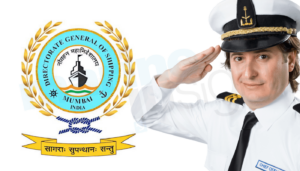
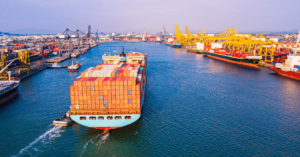
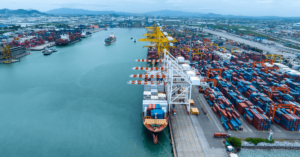
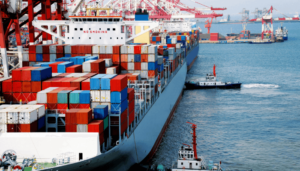
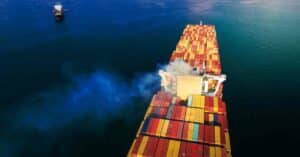
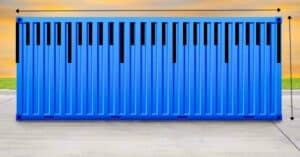

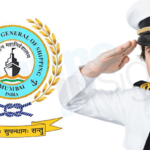

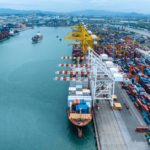


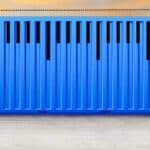
Is there a periodic test that needs to be done to the Emergency stop of the Main engine system?
Yes, a monthly routine or as prescribed in the safety Manual